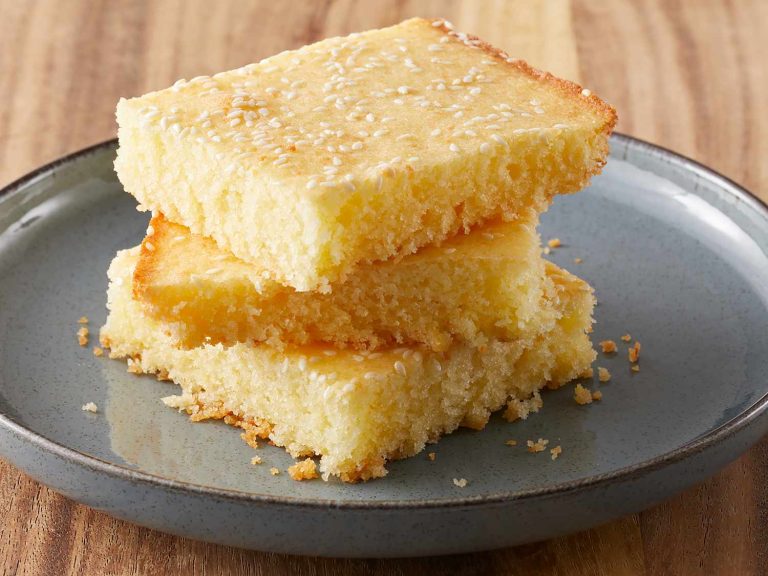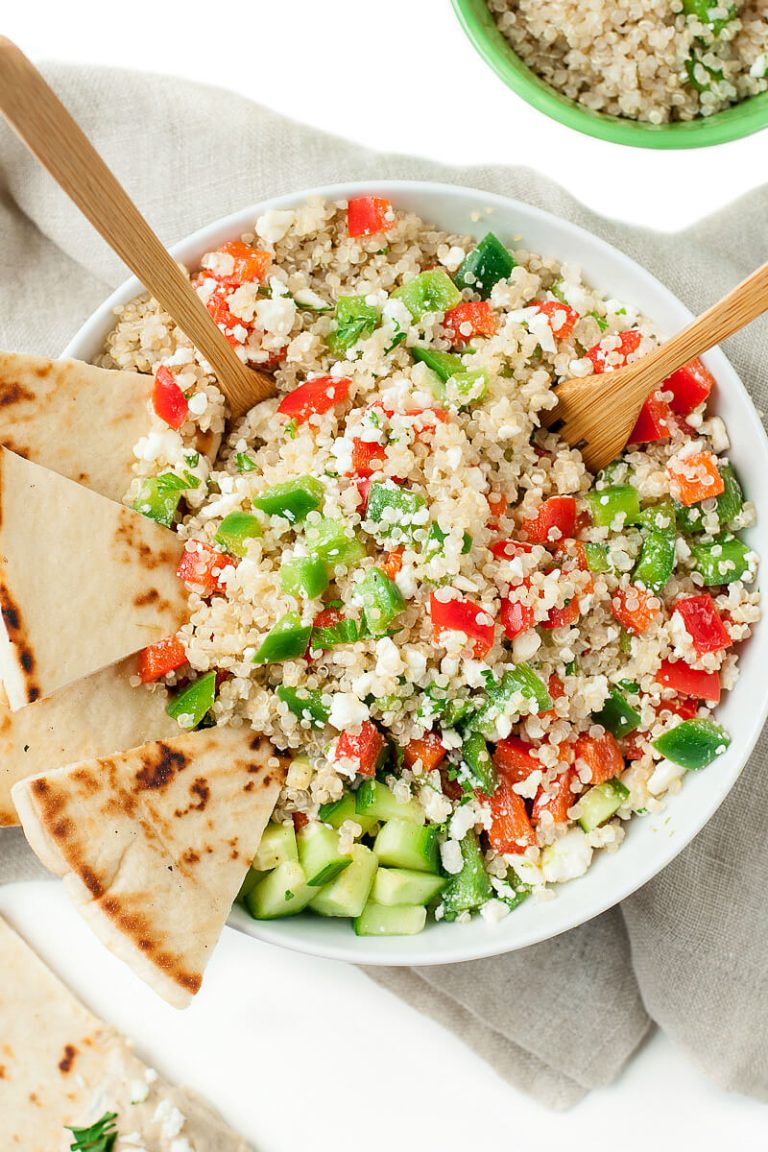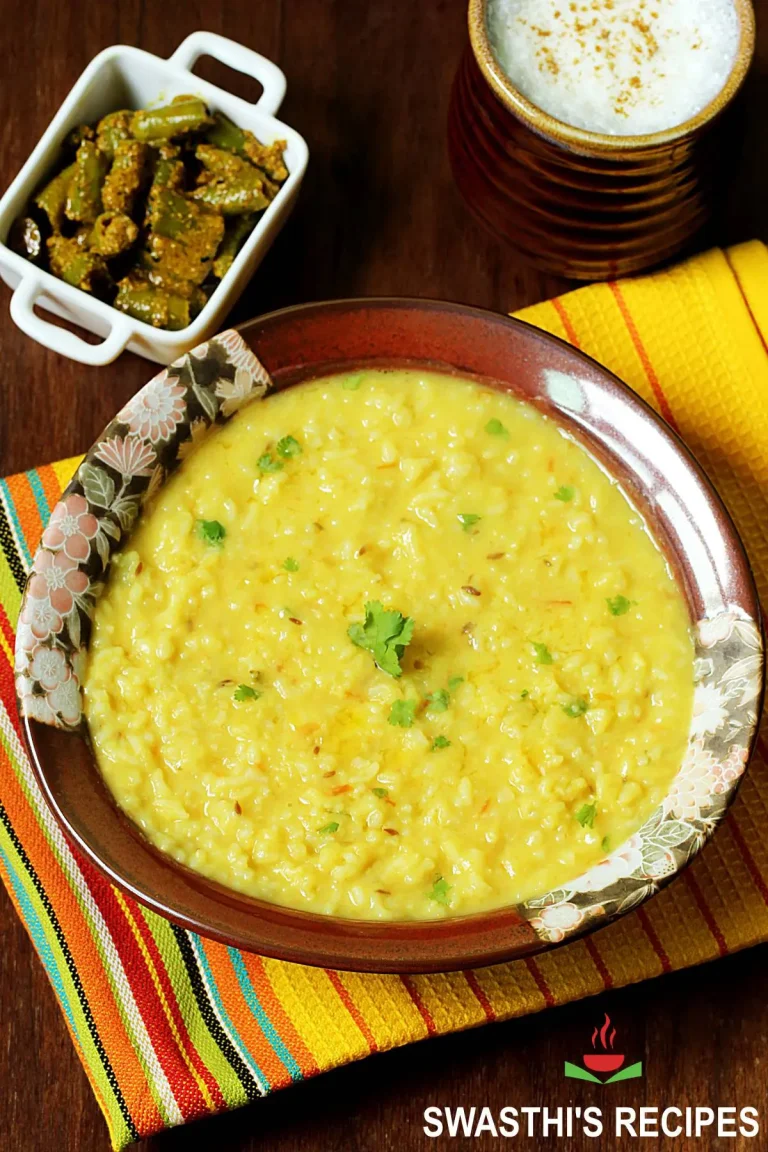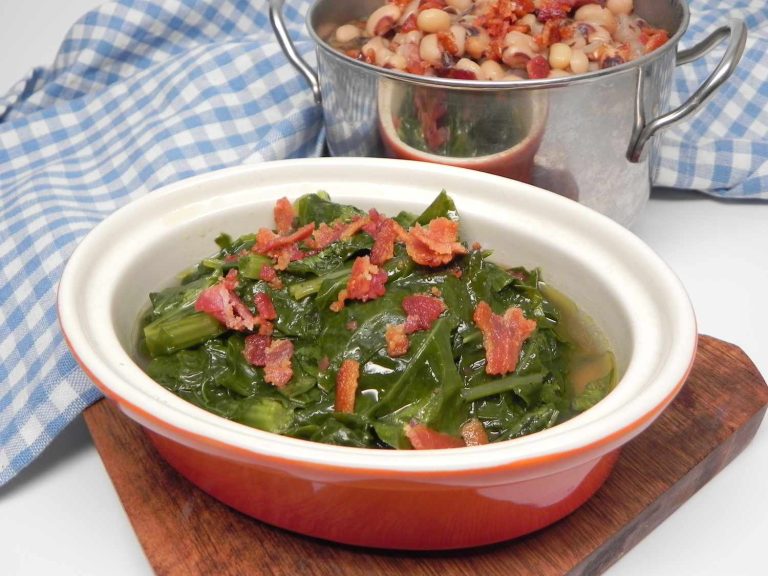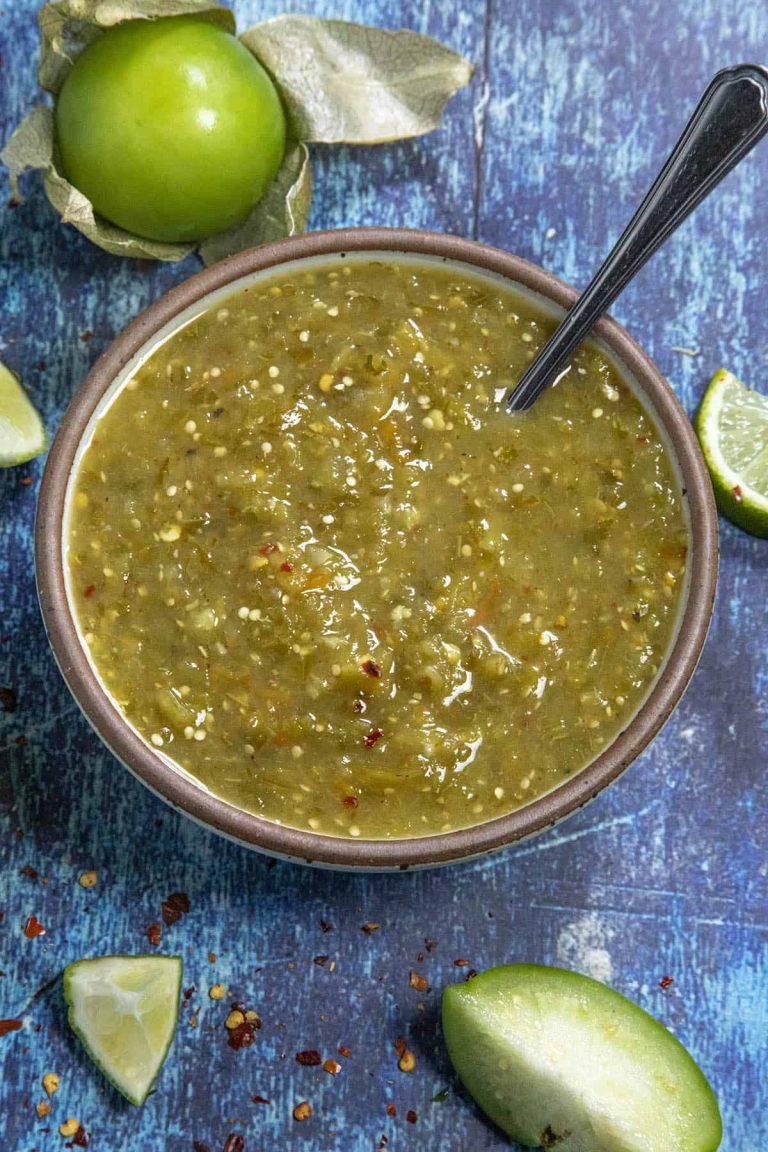Bolo Bao Chinese Pineapple Buns: Origins, Recipes, and Bakeries
Bolo Bao, originating in Hong Kong, has roots embedded in the cultural amalgamation of Western and Chinese cuisines. In the early 20th century, British influences introduced bread and baking techniques to Hong Kong. Artisans began crafting unique pastries by blending local and Western baking methods. Pineapple Buns, or Bolo Bao, emerged from this fusion. Despite the name, these buns don’t contain any pineapple; the name comes from the cracked, golden crust resembling a pineapple’s skin. Their creation symbolizes the creativity of Hong Kong bakers in integrating and innovating culinary traditions.
Modern Variations and Popularity
Nowadays, Bolo Bao enjoys widespread popularity in Chinese bakeries. Bakers offer various fillings, incorporating contemporary flavors to cater to diverse palates. Common variations include custard, red bean paste, and barbecue pork. Some even top buns with a slice of butter, creating the iconic “Butter Bolo Bao.” Bolo Bao’s widespread availability and beloved status testify to its enduring appeal and adaptability through evolving culinary trends. You can find these buns in Chinatowns around the world, making them a staple treat for many.
Key Ingredients and Baking Techniques
Essential Ingredients for the Perfect Bun
To bake the quintessential Bolo Bao, specific ingredients are essential. Each component serves a vital role in achieving the bun’s unique taste and texture.
- All-Purpose Flour: Forms the bun’s base. Choose high-quality, unbleached flour for the best results.
- Instant Yeast: Ensures the dough rises properly, resulting in a soft, fluffy texture.
- Sugar: Adds sweetness and aids in achieving the golden brown crust.
- Baking Powder: Works alongside yeast in the dough to promote a tender crumb.
- Milk Powder: Enhances flavor and contributes to the soft texture of the bun.
- Unsalted Butter: Provides richness and keeps the dough moist.
- Eggs: Enhance color, flavor, and structure. Beaten eggs also act as a wash for a shiny finish.
- Custard Powder: Used for the crust, it adds flavor and maintains the structure.
- Butter: In the topping, it creates a delightful contrast with the slightly sweet crust.
Step-by-Step Baking Process
Creating Bolo Bao involves meticulous steps to perfect the bun’s texture and flavor. Follow these steps for consistent results.
- Prepare the Dough: Combine all-purpose flour, instant yeast, sugar, baking powder, milk powder, unsalted butter, and eggs. Knead until smooth and elastic.
- First Rise: Allow the dough to rise in a warm place until it doubles in size, typically about 1-2 hours.
- Prepare the Topping: Mix custard powder, sugar, flour, and butter until it forms a crumbly dough. Roll and cut into circles.
- Shape the Buns: Punch down the risen dough. Divide into equal portions. Shape into balls and place on a baking sheet.
- Top the Buns: Place the prepared topping discs on each dough ball. Allow buns to rise again briefly.
- Bake: Preheat the oven to 350°F (175°C). Brush buns with beaten egg and bake for 15-20 minutes, or until golden brown.
- Cool and Serve: Cool slightly before serving to allow the crust to set.
These ingredients and techniques ensure your Bolo Bao turns out perfectly every time, capturing the traditional flavor and texture loved by many.
A Flavor Profile of Bolo Bao
Why It’s Called a Pineapple Bun
Bolo Bao, or Pineapple Bun, gets its name from the pineapple-like appearance of its crust. Despite the absence of pineapple as an ingredient, the bun’s unique, cracked golden crust mirrors the texture and pattern of a pineapple’s skin. This distinctive look results from the baking process, where the sugar topping cracks and hardens, creating a visual and flavorful contrast to the soft, fluffy bread beneath.
Sweet and Crusty: The Unique Taste Experience
Bolo Bao offers a delightful combination of textures and flavors. The outer crust is sweet and slightly crunchy, achieved by a sugary topping that caramelizes during baking. Inside, the bread is soft and pillowy, providing a sweet yet neutral base that balances the overall flavor. Variations may include fillings like custard, red bean paste, or even a slice of butter, enhancing the taste experience and showcasing the versatility of this beloved pastry.
Where to Find the Best Bolo Bao
Top Spots in Hong Kong
You can find the best Bolo Bao in Hong Kong, where this iconic pastry originated. Here are some must-visit bakeries:
- Kam Wah Café: This bakery in Mong Kok is renowned for its fresh, buttery Bolo Bao. Kam Wah Café is known for serving them hot from the oven.
- Tai Cheong Bakery: Located in Central, Tai Cheong Bakery offers Bolo Bao with a perfectly baked crust. It’s a favorite among locals and tourists alike.
- Hong Lin Bakery: Situated in Yuen Long, Hong Lin Bakery combines tradition with quality, offering buttery and soft Bolo Bao.
- Tsui Wah Restaurant: This chain has branches across Hong Kong, known for consistently excellent Bolo Bao. It’s convenient for a quick pastry break.
International Bolo Bao Hotspots
Outside Hong Kong, there are key cities where you can enjoy delicious Bolo Bao:
- New York City: Bun Soho and New Flushing Bakery in NYC are famous for their authentic Bolo Bao. These spots bring a taste of Hong Kong to the Big Apple.
- San Francisco: In San Francisco’s Chinatown, Eastern Bakery and Golden Gate Bakery stand out for their fresh, flavorful Bolo Bao.
- Vancouver: Canada has its share of standout Bolo Bao at bakeries like New Town Bakery & Restaurant and Maxim’s Bakery in Vancouver.
- Sydney: Kam Fook and Emperor’s Garden Bakery in Sydney deliver high-quality Bolo Bao, popular among the city’s diverse population.
Explore these top spots to experience the best iterations of Bolo Bao, whether in its birthplace or international locations.
Baking Your Own Bolo Bao at Home
Tips for Beginners
Start by gathering all ingredients. You’ll need bread flour, sugar, yeast, milk, butter, eggs, and salt for the dough. For the topping, get cake flour, sugar, butter, egg yolk, milk powder, and baking soda. Mix dough ingredients until smooth, then let it rise for 1-2 hours or until doubled in size.
Form small dough balls after the dough rises. Press them gently to shape into buns. For the topping, cream butter and sugar, then add egg yolk and sifted dry ingredients. Divide topping dough into small balls, flatten them, and place on top of the buns. Let the buns rise again for about 30 minutes before baking at 350°F for 15-20 minutes or until golden.
Advanced Techniques for Seasoned Bakers
Try using a tangzhong (water roux) to enhance dough softness. Combine water and flour, then cook until thickened to form a roux. Add this to your dough mixture. Experiment with fillings like custard, red bean paste, or even matcha.
Master the topping by ensuring precise measurement of ingredients. Use sifted cake flour and whip butter and sugar until fluffy. Roll topping thinner for a crispier finish. Preheat your oven to an accurate temperature using an oven thermometer. Rotate baking trays halfway through to ensure even browning.
Optimize the baking process by using bread improvers like ascorbic acid or diastatic malt powder. Implement these methods to elevate the texture and flavor of your Bolo Bao, achieving a professional bakery quality.
Conclusion
Bolo Bao isn’t just a treat; it’s a delightful journey through culinary history and innovation. Whether you’re tasting it at a renowned bakery in Hong Kong or trying your hand at baking it at home, the experience is bound to be memorable. The unique combination of textures and flavors makes Bolo Bao a must-try for any food enthusiast. So next time you’re near a bakery known for its Bolo Bao or feeling adventurous in your kitchen, don’t hesitate to indulge in this iconic delicacy.

